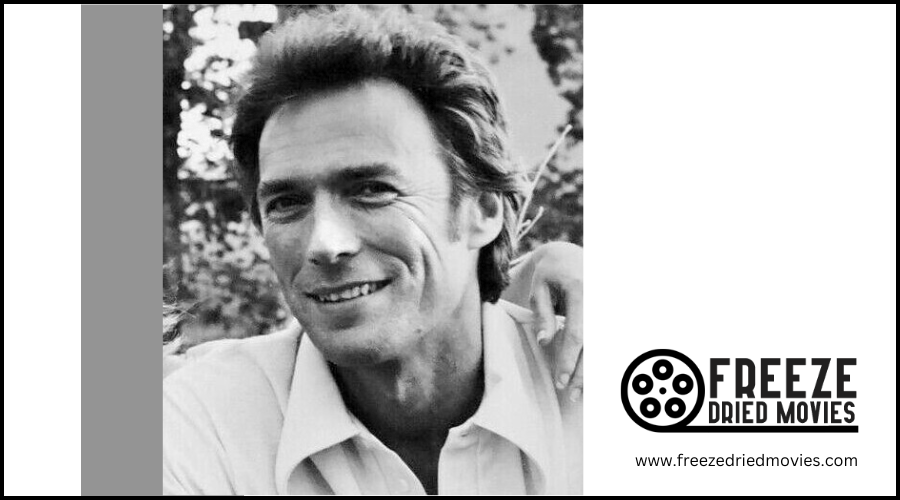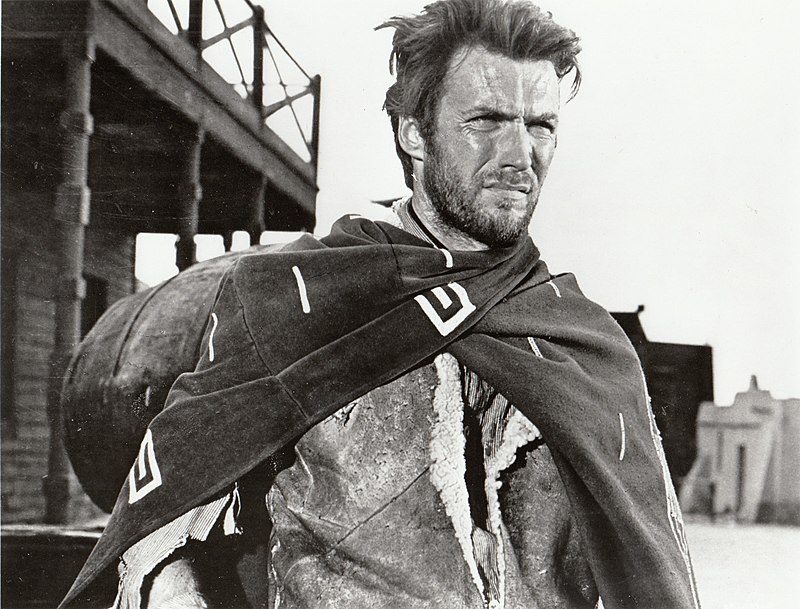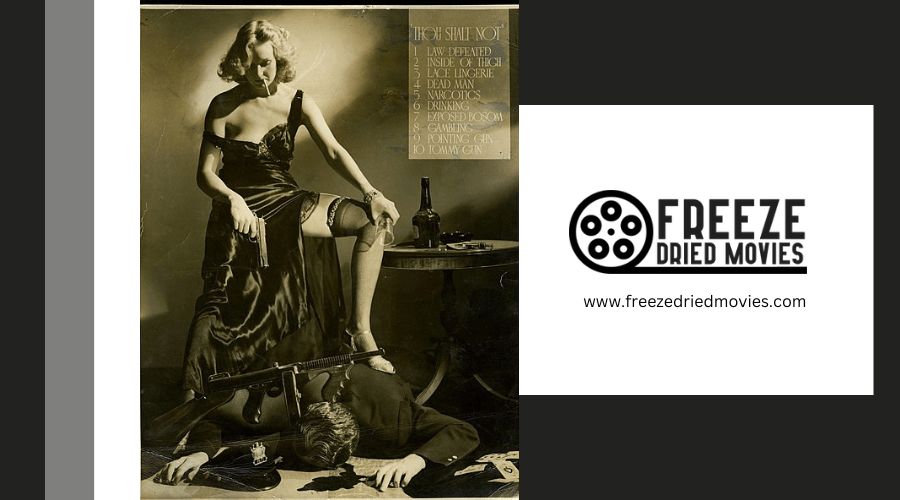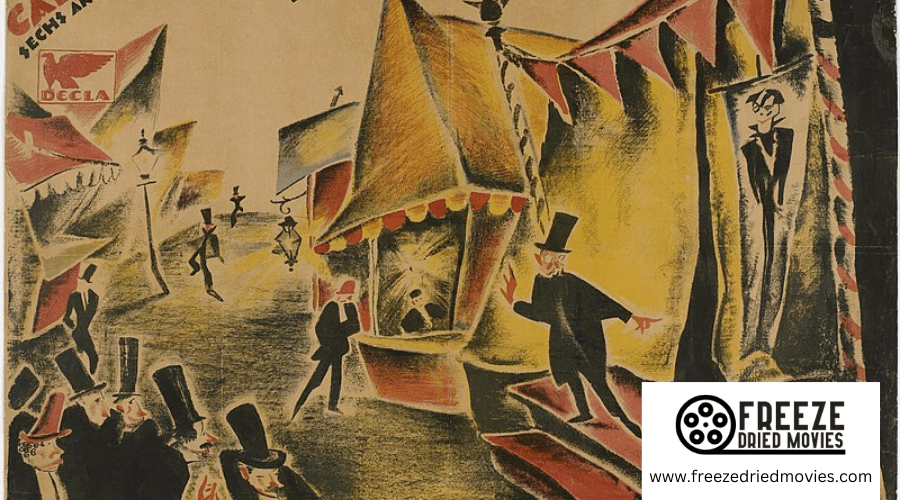Clint Eastwood’S Western Legacy: From 'Man With No Name' to Hollywood Legend

Clint Eastwood transformed from a struggling TV actor on "Rawhide" to a global Western icon through his collaboration with Sergio Leone as the "Man with No Name." His minimalist acting style and stoic gunslinger persona revolutionized the genre before he moved behind the camera, where he deconstructed Western mythology with "Unforgiven." You'll discover how his quiet competence and moral ambiguity shaped not just Westerns, but redefined American masculinity for generations.
Key Takeaways
- Eastwood's iconic "Man with No Name" persona in Sergio Leone's Dollars Trilogy revolutionized Western film archetypes.
- His transition from television's "Rawhide" to international stardom demonstrates his evolution as a Western icon.
- As director, Eastwood deconstructed Western mythology in "Unforgiven," challenging the very genre he helped define.
- His minimalist acting style created a template for stoic, morally complex heroes that transcended the Western genre.
- Eastwood's dual legacy as actor and director established him as one of Hollywood's most influential Western storytellers.
The Birth of an Icon: Early Life and Career Beginnings
A humble beginning laid the foundation for one of Hollywood's most enduring legends. Born in San Francisco in 1930, Eastwood's journey to stardom wasn't immediate. After high school, he worked as a ranch hand and took various odd jobs before the U.S. Army drafted him in 1950.
Eastwood's acting career began with minor roles in B-movies like "Revenge of the Creature" and "Tarantula." His persistence paid off when he signed with Universal-International and joined several talent agencies, including Marsh Agency and Kumin-Olenick.
The breakthrough came in 1958 when Eastwood landed the role of Rowdy Yates on "Rawhide." The CBS western series ran for eight seasons, establishing him as a television star and setting the stage for his legendary film career.
After spending six years on the show, he was discovered by director Sergio Leone who cast him in the iconic Spaghetti Western trilogy that would transform his career.
Breaking Through: From Rawhide to Spaghetti Westerns
While "Rawhide" introduced Eastwood to television audiences, it was his collaboration with Italian director Sergio Leone that transformed him into a global phenomenon. After playing Rowdy Yates on CBS from 1958 onward, Eastwood's career trajectory changed dramatically when Sergio cast him as the enigmatic "Man with No Name" in the Dollars Trilogy.
Eastwood's evolution from TV supporting actor to cinematic legend can be traced through these spaghetti westerns: "A Fistful of Dollars," "For a Few Dollars More," and "The Good, the Bad and the Ugly." His laconic, stoic portrayal embodied the moral ambiguity of the Old West and captivated international audiences. The trilogy's success elevated Eastwood's status, establishing him as a leading man and one of Hollywood's most recognizable Western icons. Much like John Wayne before him, Eastwood masterfully combined strength and vulnerability in his performances, helping to redefine masculinity for a new generation of moviegoers.
The Silent Gunslinger: Creating the Man With No Name
At the heart of Eastwood's transformation into a Western legend lies his revolutionary portrayal of the Man With No Name. In Sergio Leone's Dollars Trilogy, you'll witness how Eastwood's character redefined the Western genre through calculated silence rather than verbose dialogue.
Eastwood's portrayal brilliantly leveraged visual storytelling, allowing his commanding presence and steely gaze to communicate more than words ever could. By donning the iconic poncho and minimizing his lines, he created an enigmatic figure whose sense of justice remained ambiguous yet compelling.
This taciturn approach wasn't just stylistic—it established a new archetype that influenced countless characters across cinema, from Westerns to sci-fi. Long before his directorial triumph with Western Unforgiven, Eastwood had already cemented his legacy through the powerful restraint of the Man With No Name.
Unlike Harrison Ford's versatile career spanning multiple iconic franchises, Eastwood became synonymous with the Western genre he helped revolutionize.
Behind the Poncho: The Minimalist Acting Approach
Behind Clint Eastwood's transformation into a Western icon lies his revolutionary minimalist acting approach. When portraying the Man with No Name in Sergio Leone's Dollars Trilogy, Eastwood deliberately stripped away dialogue, letting his physical presence command the screen instead.
You'll notice how Eastwood's strategic reduction of lines during "A Fistful of Dollars" wasn't a limitation but a strength—creating an enigmatic character that audiences couldn't help but project their interpretations onto. His stoic demeanor, squinted eyes, and calculated movements spoke volumes without words.

Unlike John Wayne's more verbose cowboys, Eastwood's visual storytelling established a new Western archetype that influenced characters across pop culture. The poncho-wearing gunslinger proved that in cinema, what's left unsaid often resonates most powerfully.
His approach significantly departed from the moral dichotomies prevalent in 1940s Westerns, where heroes and villains were clearly distinguished through their actions and dialogue.
Directing the Dust: Eastwood Behind the Camera
Clint Eastwood effortlessly shifted from iconic actor to masterful director, bringing the same economical approach to filmmaking that defined his on-screen presence. His directorial journey began with 1971's "Play Misty for Me," where he established himself as a filmmaker with a keen eye for character-driven tension.
Eastwood's directing style emphasizes restraint and efficiency—he rarely wastes time with multiple takes, often finishing projects under budget and ahead of schedule. This approach has earned him two Best Director Oscars for "Unforgiven" and "Million Dollar Baby," both showcasing his ability to elicit powerful performances from his cast.
Westerns remain central to his legacy—particularly "Unforgiven," which deconstructs the very myths he helped create. Eastwood's directorial range extends far beyond dusty frontiers, encompassing biopics, thrillers, and dramas with equal mastery.
Deconstructing the Western: Unforgiven and Genre Reflection
In 1992, "Unforgiven" emerged as Eastwood's most profound commentary on the Western genre—a genre he'd fundamentally shaped decades earlier.
Where his earlier films glorified the gunslinger, "Unforgiven" reveals the brutal consequences and moral emptiness of frontier violence.
You'll find in this masterpiece a deliberate dismantling of Western mythology that Eastwood himself helped create through his iconic "Man with No Name" character.
As Hollywood legend Eastwood portrays William Munny, you witness not an invincible hero but a broken man haunted by his violent past. The film juxtaposes Munny against a young, idealistic gunfighter, highlighting generational delusions about Western heroism.
Through "Unforgiven," Eastwood doesn't just deconstruct the Western genre—he offers a reflective epilogue to his own career, challenging you to reconsider the very myths he helped establish.
Beyond the Western: Expanding a Legendary Filmography
Five decades after riding into fame as a stoic gunslinger, Eastwood's artistic vision expanded far beyond the dusty landscapes that made him an icon. Through Malpaso Productions, he gained creative freedom to craft character-driven stories across diverse genres—from tense thrillers to poignant dramas.
Eastwood's directorial approach, with its economic storytelling and understated intensity, brought authenticity to films like "Mystic River," "Million Dollar Baby," and "Gran Torino." These works often featured aging protagonists confronting their legacies, mirroring his own evolution in American film.
His remarkable versatility earned him prestigious recognition, including two Best Director Oscars and the American Film Achievement Award. What's most impressive about Eastwood's legacy isn't just his Western prowess, but how he transcended genre expectations to create a filmography that challenges, moves, and resonates with audiences worldwide.
The Eastwood Hero: Character Evolution Across Decades
Though Eastwood's directorial range extends far beyond Westerns, the evolution of his on-screen persona remains one of cinema's most fascinating character studies. You can trace this journey from the laconic "Man with No Name" in Leone's Dollars Trilogy to his more complex characters in later films.
In High Plains Drifter and Pale Rider, Eastwood expanded the gunslinger archetype, infusing these nameless avengers with supernatural undertones while exploring justice's murky boundaries. Unforgiven marked a pivotal shift—Eastwood's William Munny deconstructs the Western hero myth, confronting violence's true cost.
This character evolution continued beyond the Western genre. Films like Sully showcase Eastwood's interest in quiet competence and moral certainty facing modern challenges—reflecting his efficient directorial style that values understatement over spectacle across decades of filmmaking.
Cultural Impact: How Eastwood Redefined American Masculinity
Clint Eastwood's stoic presence in cinema did more than entertain—it fundamentally reshaped American masculinity for generations. His "Man with No Name" challenged Hollywood's traditional hero archetype, replacing verbose bravado with quiet, competent action and moral ambiguity.
Through Malpaso Productions, Eastwood crafted characters that rejected simplistic good-versus-evil narratives. You'll find his Western hero occupies a complex ethical space—neither wholly virtuous nor villainous—embodying a self-reliance that resonated deeply with American audiences.
As Dirty Harry, he further revolutionized masculine representation, portraying pragmatic toughness that bent rules when conventional systems failed. This nuanced portrayal of masculinity—introspective yet resolute—influenced countless filmmakers and actors, cementing Eastwood's legacy not just as an entertainer but as a cultural architect who redefined what it means to be a man in America.
Preserving the Legacy: Eastwood's Influence on Modern Westerns
The Man with No Name from the Dollars Trilogy revolutionized visual storytelling in the Western genre by proving less is more. His minimalist approach—sparse dialogue paired with meaningful action—taught filmmakers how to build intrigue without excessive exposition.
Even in Eastwood's later works like Unforgiven and non-Westerns like Sully, you'll recognize the understated heroism that defined his earlier characters. He didn't just star in Westerns—he transformed them, creating a template for reluctant heroes that continues to shape cinema today.




